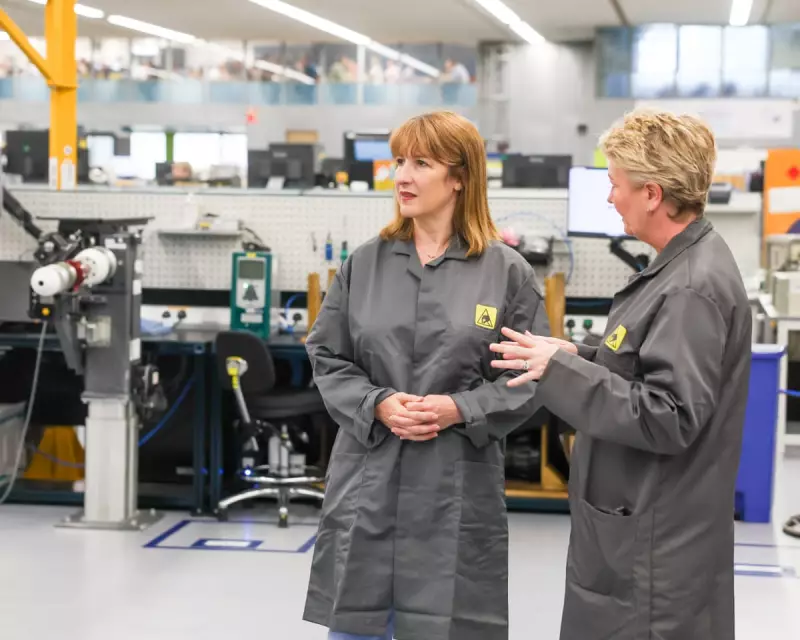
The newly elected Labour government faces a monumental task: reversing fourteen years of economic stagnation and building a stronger, more resilient British economy. With productivity growth languishing and public services stretched to breaking point, Chancellor Rachel Reeves is preparing a radical overhaul of Britain's economic foundations.
The Productivity Puzzle: Britain's Achilles' Heel
At the heart of Labour's challenge lies Britain's persistent productivity crisis. Since the financial crash, output per hour has grown at a glacial pace compared to other major economies. This isn't just an economic statistic—it translates directly into stagnant wages, reduced tax revenues, and declining public investment.
The Five Pillars of Labour's Economic Revival
Insiders reveal a comprehensive strategy built on five key foundations:
- Industrial Strategy 2.0: Moving beyond short-term initiatives to a long-term, cross-party consensus on Britain's industrial future, focusing on green energy, life sciences, and digital technology.
- Devolution Revolution: Empowering metro mayors and local leaders with greater control over skills, transport, and economic development, ending Whitehall's stranglehold on decision-making.
- Skills for the Future: A fundamental overhaul of further education and apprenticeship systems, directly linking training to emerging industries and regional economic needs.
- Infrastructure for Growth: Accelerating key transport, energy, and digital infrastructure projects while reforming planning systems that have long hampered development.
- Stability and Investment: Creating a predictable policy environment that gives businesses confidence to invest for the long term, particularly in research and development.
The Regional Divide: Rebalancing Britain's Economy
Perhaps the most ambitious aspect of Labour's plan addresses Britain's glaring regional inequalities. For decades, economic growth has been overwhelmingly concentrated in London and the South East, leaving other regions struggling to attract investment and talent.
"We cannot build a strong national economy on such weak regional foundations," one senior Treasury official noted. "The solution isn't about moving pieces around the board—it's about growing new economic clusters across the country."
The Green Growth Opportunity
Labour sees the transition to net zero not as a cost but as the greatest economic opportunity of the 21st century. By positioning Britain as a leader in offshore wind, carbon capture, and electric vehicle manufacturing, the government aims to create hundreds of thousands of high-skilled jobs while meeting climate commitments.
Challenges Ahead: Inheritance and Expectations
The government inherits particularly difficult economic circumstances. Public debt remains near historic highs, growth projections are modest, and global economic uncertainty persists. Meanwhile, public expectations for rapid improvement are sky-high after years of promises during opposition.
Success will require difficult trade-offs between immediate spending pressures and long-term investment, between regional rebalancing and national growth, and between ideological purity and practical governance.
The coming months will reveal whether Labour's economic blueprint can translate from opposition rhetoric into governing reality—and whether Britain can finally break free from its cycle of low growth and declining productivity.





